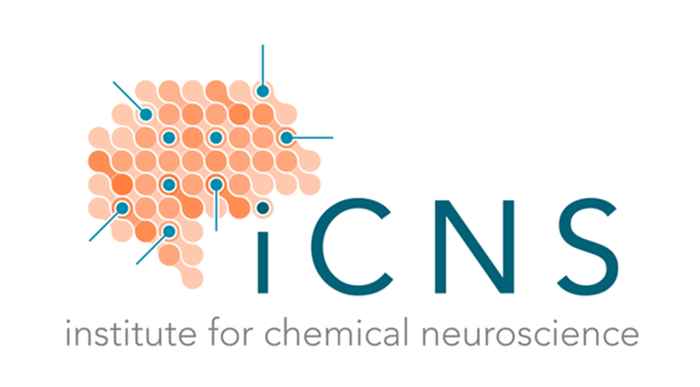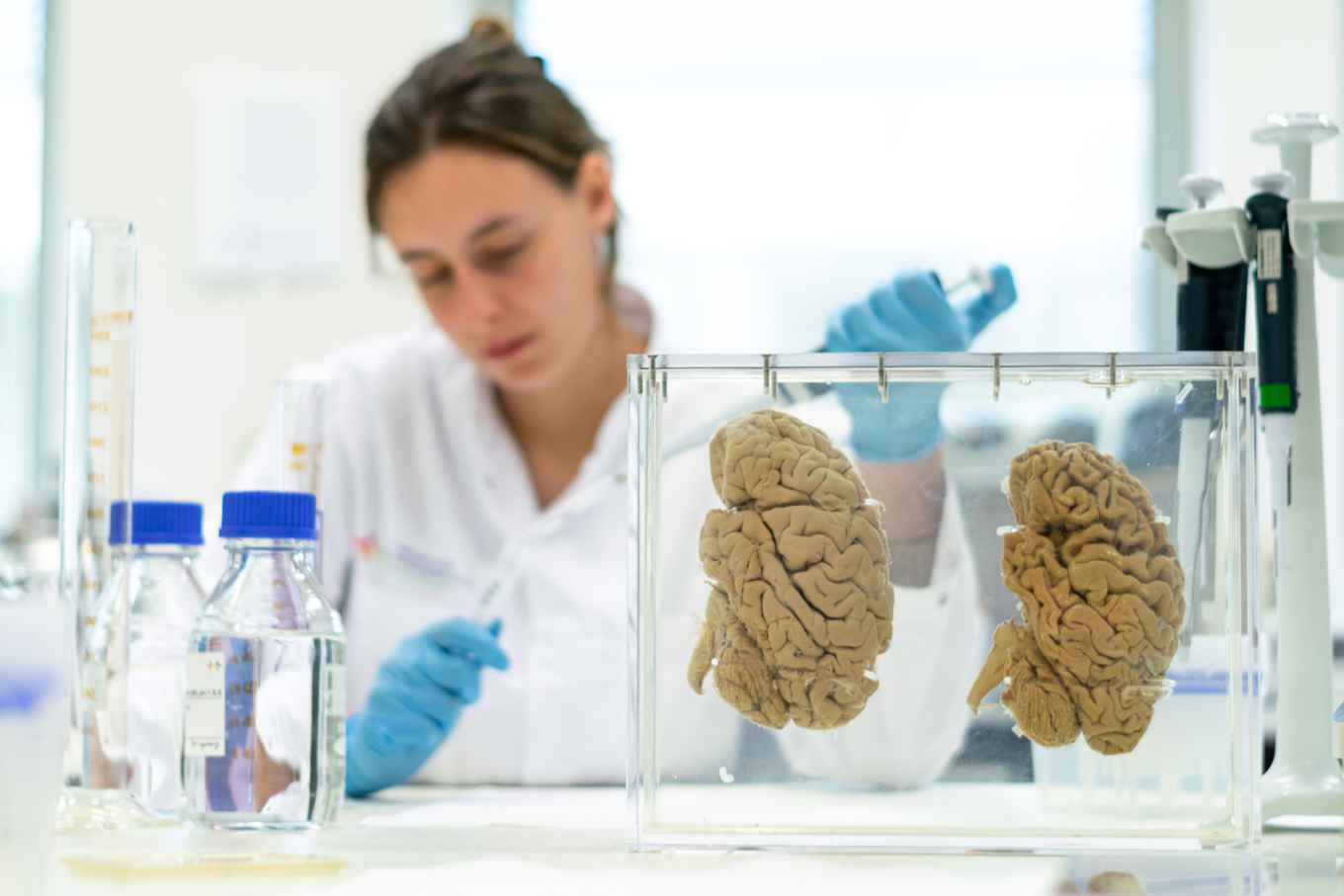Understanding brain diseases with a unique new approach
2 December 2024

For disorders such as psychosis and depression, the underlying changes in the brain are largely unknown. This is mainly because they were difficult to study. ‘In the early 20th century, scientists saw no changes in the psychiatric brain with their microscope. This led to the misconception that nothing changes in the brain,’ explains Inge Huitinga, director of the Netherlands Brain Bank and professor by special appointment at the University of Amsterdam. ‘Only now are there technologies that are sensitive enough to detect this.’
Nowadays, doctors are often confronted with patients who want to understand what’s going on in their brain. Paul Lucassen, professor of Plasticity of the Brain at the UvA Swammerdam Institute for Life Sciences: ‘In the Netherlands, someone with a depressive disorder first receives psychotherapy, often followed by antidepressants. Although some people respond to this, many do not.’ The annual costs of this are enormous, around 25 billion euros in the Netherlands.
In order to be able to predict, prevent, and treat brain disorders such as depression in a more targeted way, it’s crucial to unravel the molecular mechanisms behind these brain diseases. This is the goal of the new Institute for Chemical Neuroscience (iCNS), a 10-year research programme that recently received a multi-million subsidy. The iCNS is led by six principal investigators, including chair Inge Huitinga and Paul Lucassen. Huitinga: ‘The premise of iCNS is that we want to force breakthroughs.’

Unique collection
The starting point of the iCNS is a unique collection of brain tissue from the Netherlands Brain Bank. Approximately 5,000 brains from psychiatric patients have been collected via a donor program. Huitinga: ‘The Netherlands is small, and the Brain Bank is accessible day and night. As a result, the delay after death is only six hours on average, which is the shortest worldwide.’
This ensures that the brain tissue is of very high quality. In addition, a great deal of other potentially relevant data is also stored for each donor patient. For example, it is known how often the patients have been ill, what symptoms they had exactly, and how much medication they’ve had.
Using AI and machine learning, this data is made accessible for analysis. This allows researchers to look at molecular changes in the relevant brain areas per symptom. In this way, they can see exactly what changes in psychiatric symptoms such as depression and anxiety. Huitinga: ‘This is a completely new approach. The world is watching, we can see that. That is really great.’

Technological progress
ICNS brings together various technological breakthroughs. Lucassen: ‘Nowadays, you can map all the genes, protein products and fats of a piece of brain tissue in great detail. This gives you a complete picture of what is in the tissue.’ AI can now also help with searching through the enormous datasets. In addition, there have been developments in chemistry, which allow you to make different molecules visible and manipulate them.
Lucassen: ‘These technologies have all been developed separately by experts from different fields. But it’s by combining them that new insights become possible. That’s the impact that iCNS can have: combining multiple techniques in a way that makes one plus one equal to three.’
Interdisciplinary
This brings together many disciplines. Huitinga: ‘At iCNS we will combine these disciplines and extensively test the new insights we gain from brain tissue to ultimately help patients in the clinic. This interdisciplinarity is crucial, also for the future. So we not only have a lot of data, but also many different areas of expertise that need to be connected.’
Collaborating with different disciplines can sometimes be difficult. For example, data scientists and chemists use completely different technical terms and will have to learn to speak each other's language in order to understand each other well. That takes time and attention. Lucassen: ‘We have the ambition over the next ten years to train a new generation of scientists, who can do this well and can think and collaborate across multiple disciplines. This multidisciplinary approach really enhances the quality of our research and is absolutely worthwhile.’
For the patients
Ultimately, the researchers hope that iCNS can make a difference for patients. Lucassen: ‘We hope that patients can eventually get an answer to the question 'What's wrong with my brain?' from their doctor. That we gain insight into the mechanisms that underlie, for example, their depression or psychoses, and that new, better therapies can be developed based on these insights.’